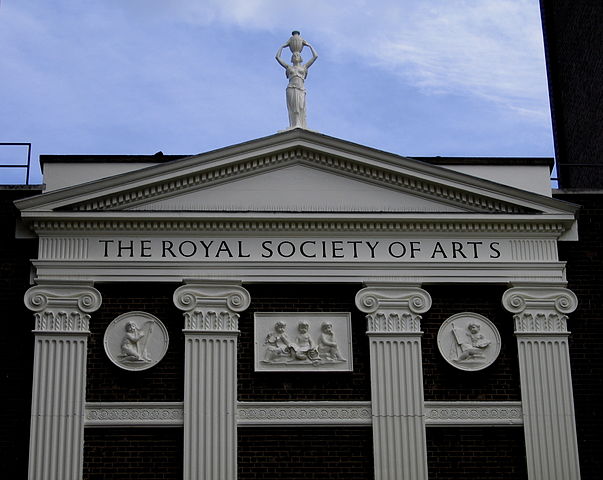School vs Academy
The distinction between a school and an academy can be confusing, as the term “academy” has two meanings. The word “school” is so familiar that we immediately think of a school when discussing formal education. A school is not just a building or a gathering of students and teachers; it represents the foundation of knowledge that a child acquires during their formative years and utilizes throughout their life. In some countries, both schools and academies provide formal education, which can leave parents unsure whether to send their children to an academy or a school. This article seeks to clarify the differences between schools and academies, helping parents make a more informed decision when choosing an institution for their children.
What is School?
A school is a place where individuals receive formal education. The system of formal education is primarily compulsory worldwide, following a pattern that includes elementary (or primary), middle, and secondary schools. In most countries, a government board conducts examinations at 10 and 10+2 levels and grants certifications to successful students. Formal education doesn’t end with school, as many students choose to pursue higher education in colleges and universities, completing undergraduate and postgraduate courses. The school system forms the backbone of education in any country.
What is Academy?
An academy, since the time of Plato, is typically a group of like-minded professionals. For example, many countries have an academy of scientists where scientists can discuss their work. Therefore, the name “academy” is often associated with brilliance. Academies are common worldwide, but they are particularly similar to schools in England, providing formal education in much the same way. The main difference is that academies fall under the direct control of the central government, whereas schools are under local government jurisdiction. Academies tend to have more independence in terms of curriculum and receive financial and material support from various sponsors. Most academies admit students from the secondary level, although some accept students at the nursery level.
Academies in England were established in 2000 by then-Prime Minister Tony Blair to improve student performance. The number of academies has steadily increased since then, with 3,304 academies in England by 2014. In the rest of the world, there are academies for engineers, scientists, and other professionals, although some schools opt to call themselves academies. For example, there are academies for art and culture, sports, science, and space. These schools choose the name “academy” because of its association with brilliance.
Key Takeaways
- School represents a system of compulsory formal education followed worldwide, while academies are typically groups of like-minded professionals.
- In England, academies perform similar functions to schools and fall under central government control, while schools are under local government jurisdiction.
- Funding for schools usually comes from local or central government, while academies are funded by the state or private organizations. In England, academy schools are funded by the central government and other sponsors, while schools are funded by local governments.
